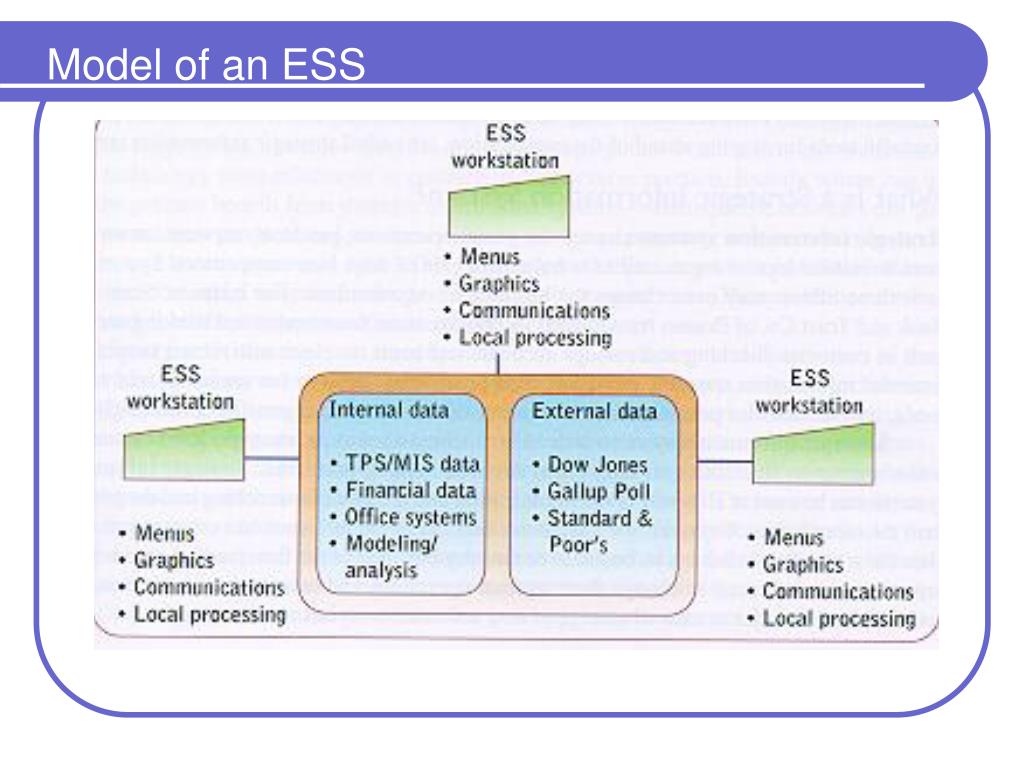An ESS is an information system that supports the quizlet, and it’s changing the face of education as we know it. This innovative system empowers educators and students alike, enhancing teaching and learning experiences like never before. Dive into the world of ESS and discover its transformative potential in the realm of education.
An ESS, short for Educational Support System, is a comprehensive software solution designed to streamline and enhance the delivery of educational content. It serves as a central hub for educators and students, providing a wealth of resources, interactive tools, and personalized learning experiences.
ESS: Definition and Overview

ESS stands for Educational Support System. It is an information system designed to support teaching and learning processes within an educational institution. An ESS provides a comprehensive platform for managing and delivering educational content, facilitating collaboration and communication, and enhancing student engagement and academic performance.
The primary purpose of an ESS is to create a digital learning environment that seamlessly integrates with existing educational practices and infrastructure. It serves as a central hub for educators and students to access educational resources, engage in interactive learning activities, and track their progress and achievements.
ESS Components and Architecture: An Ess Is An Information System That Supports The Quizlet
An ESS typically consists of several key components, including:
- Learning Management System (LMS): The LMS is the core component of an ESS. It provides a structured framework for delivering online courses, managing assignments, and tracking student progress.
- Content Management System (CMS): The CMS allows educators to create, manage, and deliver educational content in various formats, including text, multimedia, and interactive simulations.
- Communication and Collaboration Tools: These tools enable real-time communication and collaboration between educators and students through features such as messaging, video conferencing, and discussion forums.
- Assessment and Evaluation Tools: These tools facilitate the creation and administration of assessments, quizzes, and exams, providing educators with insights into student understanding and progress.
- Data Analytics and Reporting Tools: These tools collect and analyze data on student performance, usage patterns, and other metrics, helping educators identify areas for improvement and make informed decisions.
ESS Functions and Capabilities
An ESS offers a wide range of functions and capabilities, including:
- Content Creation and Management: Educators can create, manage, and deliver educational content in various formats, including text, multimedia, and interactive simulations.
- Course Delivery and Management: ESS allows educators to create and manage online courses, including setting up course schedules, assigning readings, and facilitating discussions.
- Student Assessment and Evaluation: ESS provides tools for creating and administering assessments, quizzes, and exams, and tracking student progress and performance.
- Communication and Collaboration: ESS enables real-time communication and collaboration between educators and students through features such as messaging, video conferencing, and discussion forums.
- Data Analytics and Reporting: ESS collects and analyzes data on student performance, usage patterns, and other metrics, providing educators with insights into student understanding and progress.
Final Wrap-Up
In conclusion, an ESS is an indispensable tool for modern education. Its ability to facilitate effective teaching, foster student engagement, and track academic progress makes it an invaluable asset for schools and universities alike. As technology continues to advance, ESSs will undoubtedly evolve, offering even more innovative and groundbreaking features that will shape the future of education.
Answers to Common Questions
What are the key components of an ESS?
An ESS typically comprises a database, user interface, content management system, assessment tools, and communication features.
How does an ESS benefit educators?
ESSs empower educators with lesson planning tools, real-time student progress tracking, and personalized communication channels.
How does an ESS enhance the student learning experience?
ESSs provide students with interactive learning materials, personalized feedback, and collaborative learning opportunities.